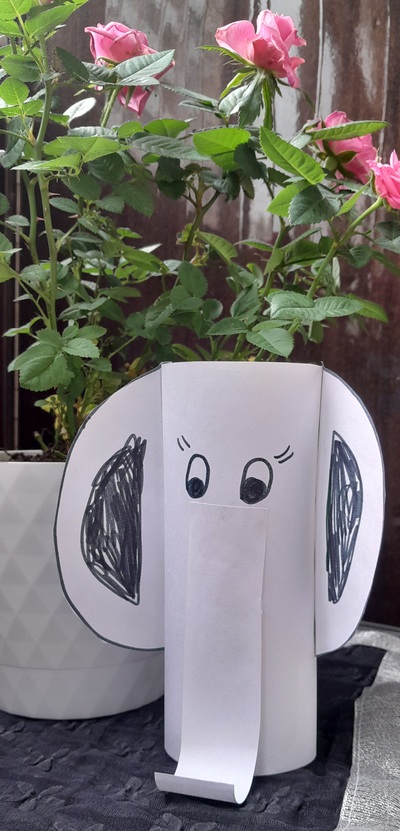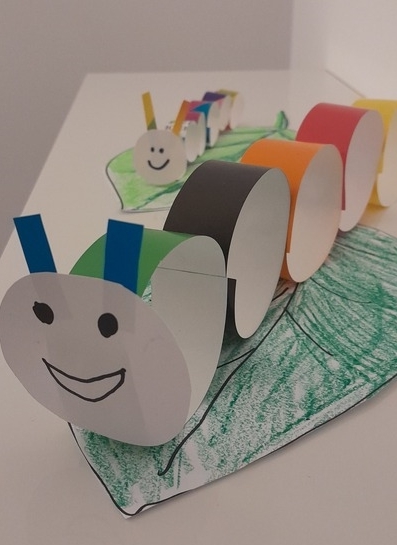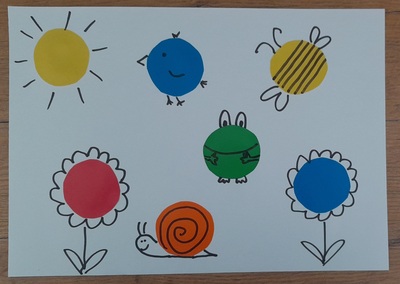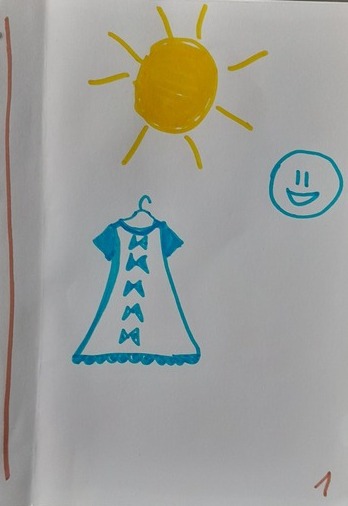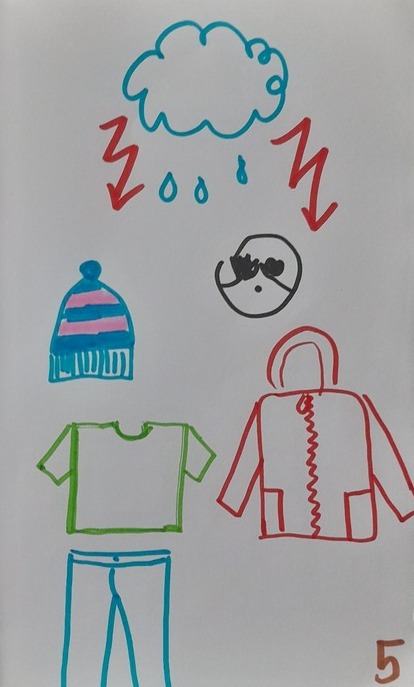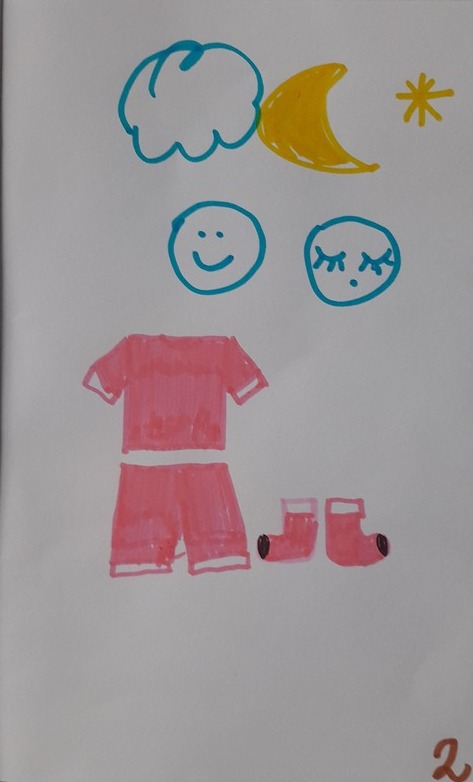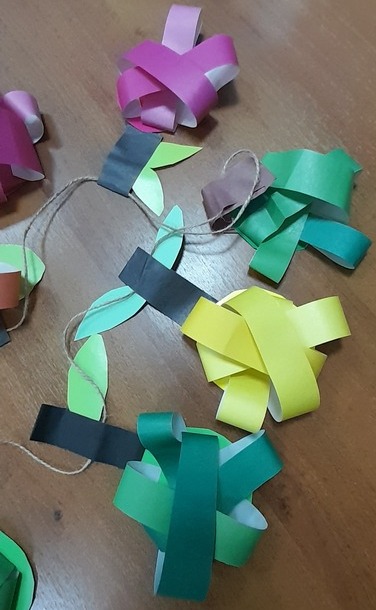
The apples? The apples!
‘What sometimes happens is that an artist, a real and creative person, gets what we call ‘a comission’: someone orders a special piece to be created and the artist agrees although, maybe, they did not really have that in mind. That is exactly what we are going to do today.’
This is how the lesson started. I delivered this little speech and my students were looking at me, puzzled. Apples (thanks to Isaac Newton) are some kind of a symbol of my school and I was asked to prepare some school decorations apple-related. To be perfectly honest, that had nothing to do with anything that I had in mind for February but since that was comissioned I decided to accept the challenge, to look for something and to change the idea for the month to food in art, moving ‘flowers’ to March. Which, actually, might not be such a bad idea altogether, for when we are a bit closer to the real spring. Fine.
Much to my surprise, it turned out that apples are very much present in Art and it is possible to find enough pieces from different centuries, including such gems as Magritte, Cezanne or Raphael and more contemporary pieces from Kusama or the random literal apple carvings. Apple is a symbol and it is a brand, too and we had fun looking at them and talking about them, both with my younger and older group.
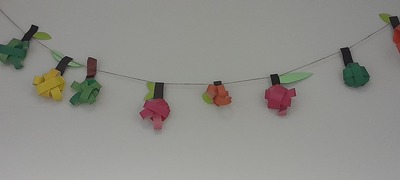
The craft
What was comissioned was some kind of a set of apples to put around the school, made of clay or paper mache or plasticine, but I have given myself a permission to interpret it my way, to create a 2D apple garland inspired by these two finds here and here. We used cardboard for the basis and coloured paper for the front and glue, scissors and crayons. The craft is easy and the base of the apple can be a square or a circle, even if it is not very expertly cut out by the students. The little strips can be glued in a few different ways and they are little hands-friendly, too. Kids can use the strips of one colour or they mix them and everyone can make as many as possible, maybe only one, maybe a few, giving us an even longer garland. And, unlike in the case of the Pollock’s lessons, there is a lot less preparation and cleaning. The teacher is relieved to be taking this kind of a time out.
The lesson went smoothly and now we have two garlands hanging over the arches in the main hall of the school, for everyone to admire. It is an easy task and if you need apples or oranges or any other fruit – here is an idea for you.
The lesson was ‘meh’ but I loved it
It was just an OK lesson. ‘Meh’, I’d say if you asked me if I liked it. I’d shrug my shoulders.
Yes, we prepared the garlands, more or less according to the creative brief, we now have something to put up on the wall and, really, it is a pretty garland, it looks good, especially with the multi-colour apples. My kids worked well, everyone made 4 or 5 apples, getting better as they went along and some students even chose to make one for themselves to take home (always a good sign!).
But we were not impressed. I was not and nor were my students. It really did feel like working on a commission that you just cannot say no to. Everyone was involved but the Muses did not enter the room last week. No one was inspired, no one got excited about their task, no one was calling ‘Miss Anka, miss Anka! Look! What do you think?’ from all corners of the classroom…’Meh’.
And yet I loved it. Even though my kids went ‘Meh’, both the younger ones and the older ones.
Why?
This lesson was a fantastic piece of evidence to prove how much we have developed and how much progress we have made since September. Whatever we were five months ago, we are not that anymore. We are artists now.
We have had a chance to work with a variety of techniques (spatter, print, ironed crayons, watercolours, stained glass paints, acrylic paints, guache, markers, crayons, collage, books and surprises) and we have imagined being in the Shoes of the Great (Warhol, Goncharova, Kandinsky, Picasso, Kusama, van Gogh, Malevich, Levitan and Pollock). Could a simple paper apple be of any challenge or interest to us? Debatable.
There was no challenge in the technique itself (because it was easy), there was no suprise of creation (because it is an apple) and there was no inspiration from the Artist of the Day (because there were too many and because we could not really interact with them).
My kids politely did what I asked them to do but there was no spark. They are already much older and more advanced. They need something else now. The teacher has had an OK lesson but the teacher is OVER THE MOON!
Happy teaching!
